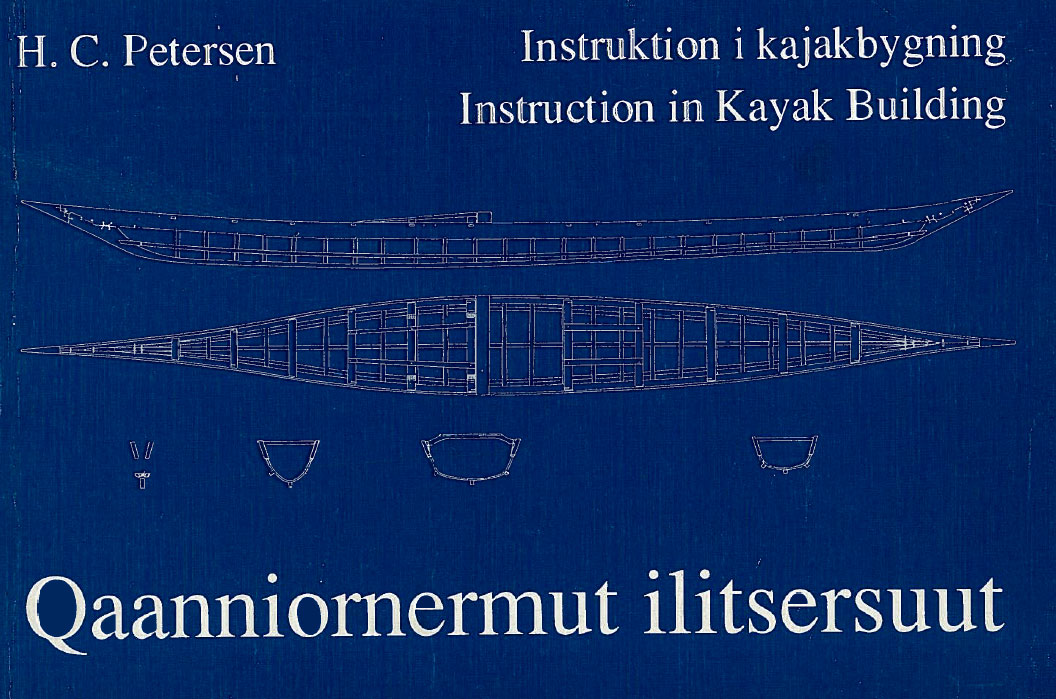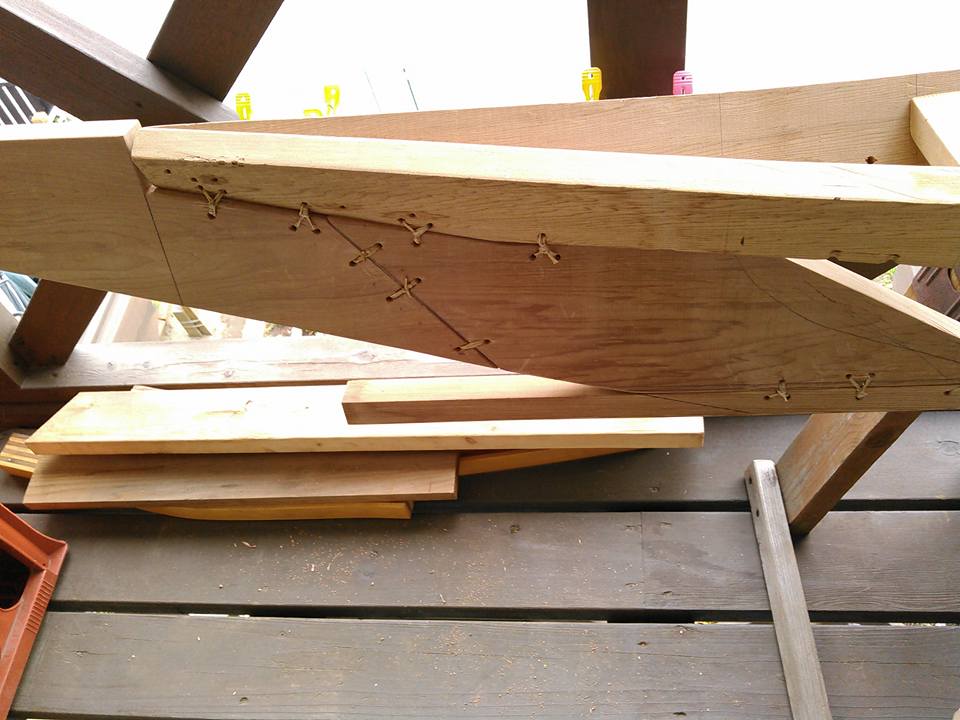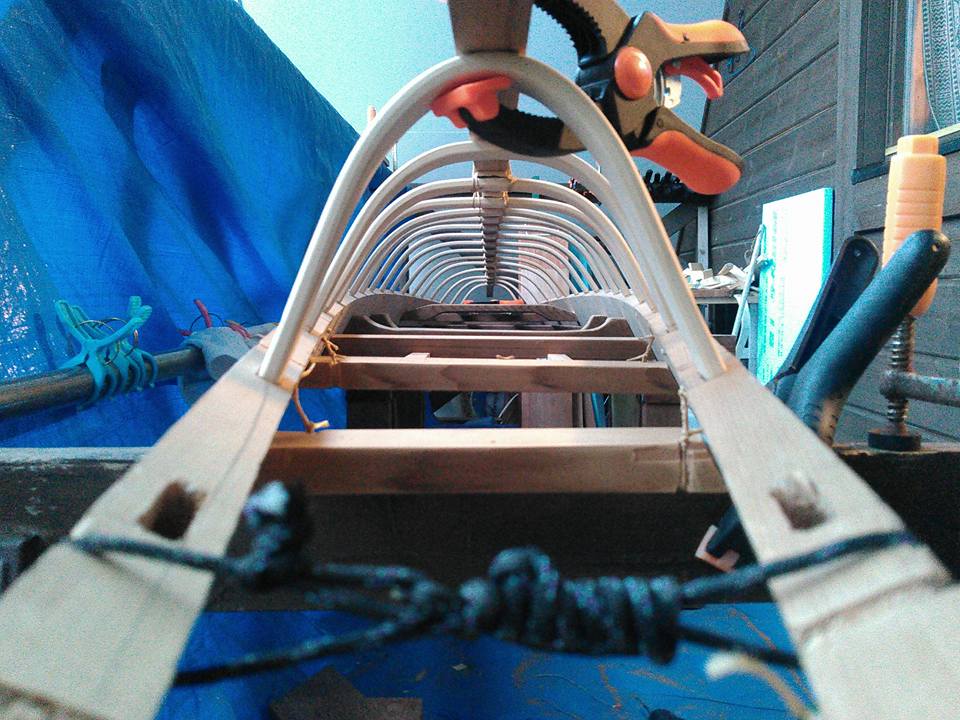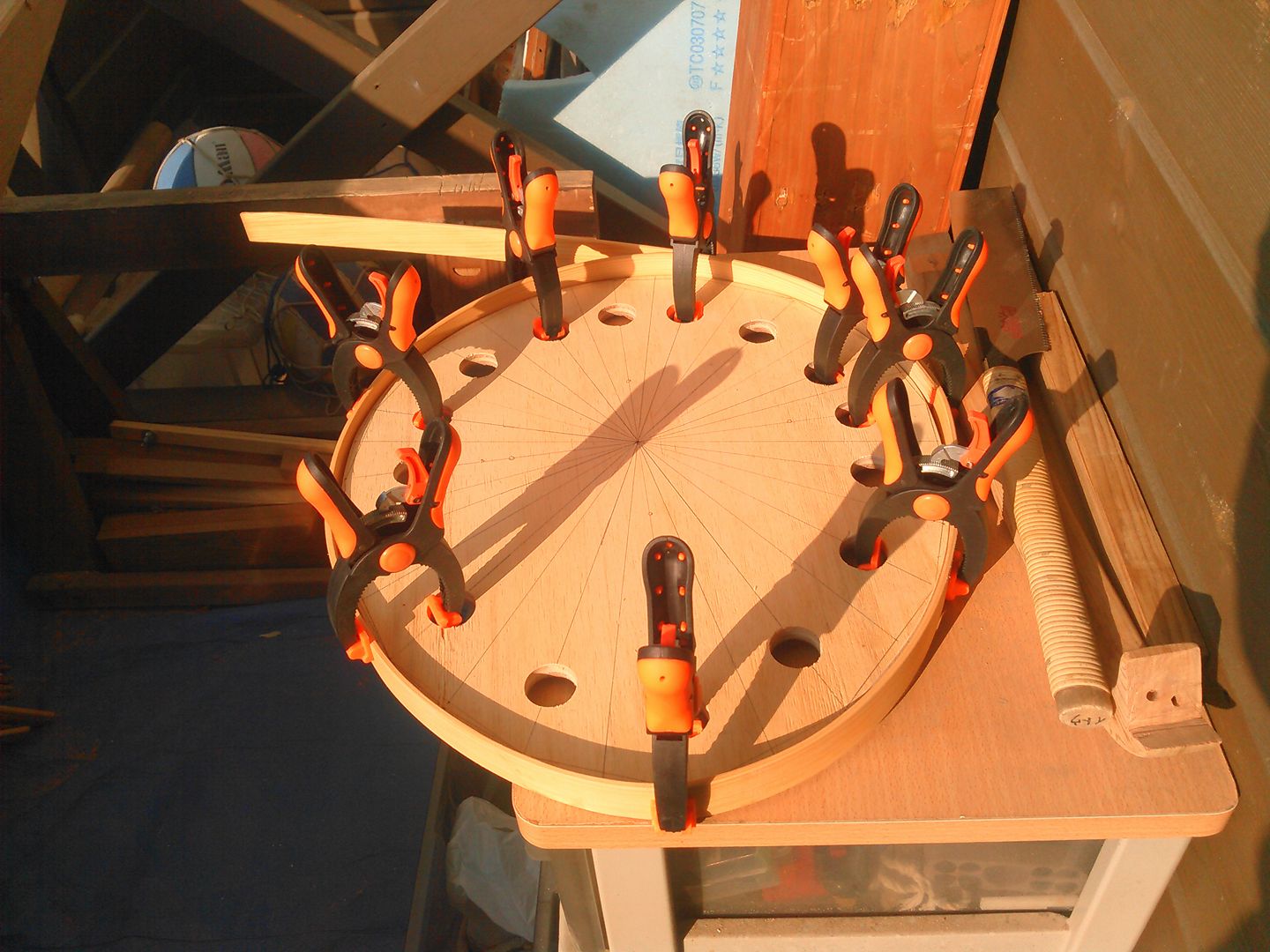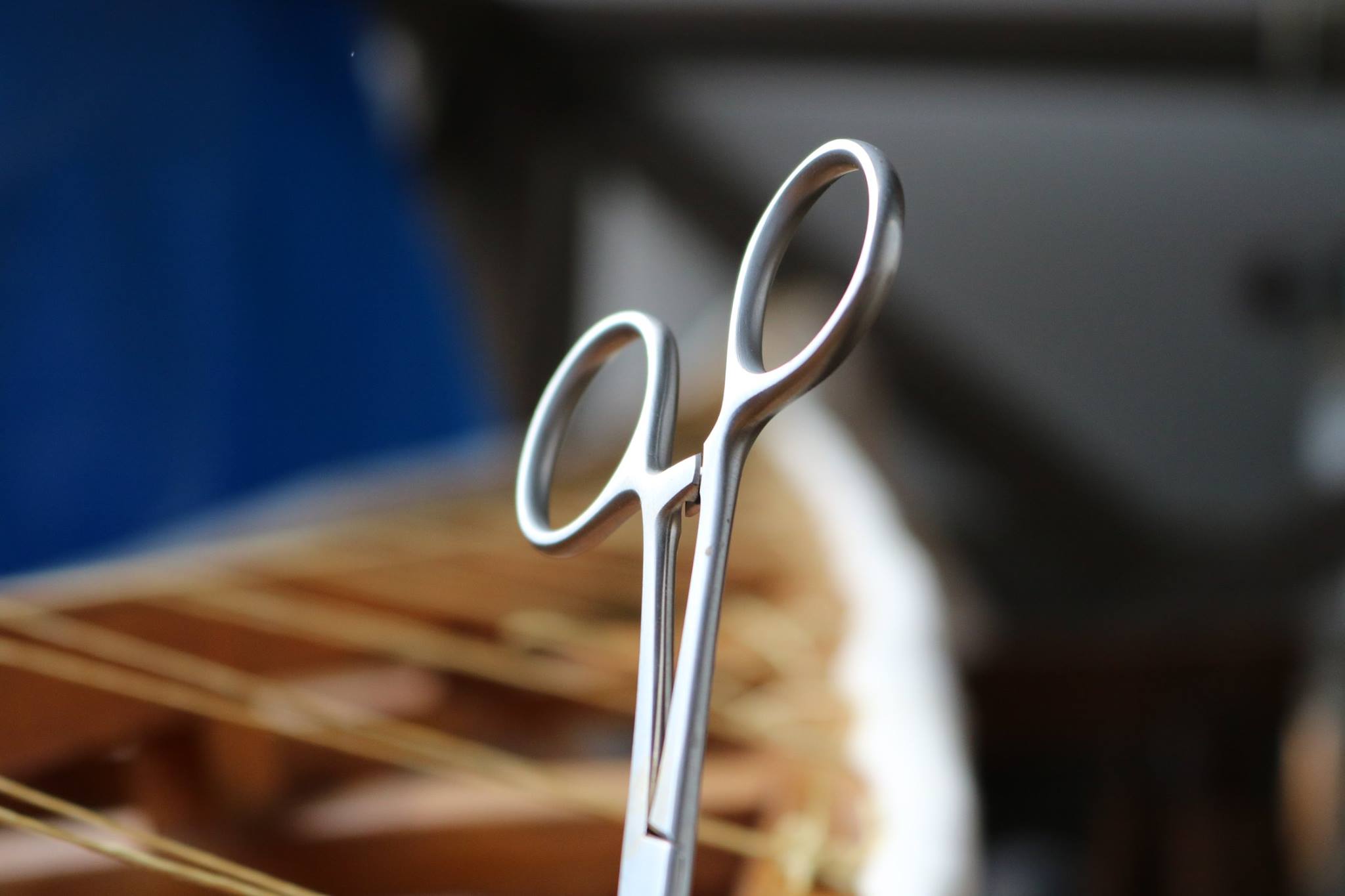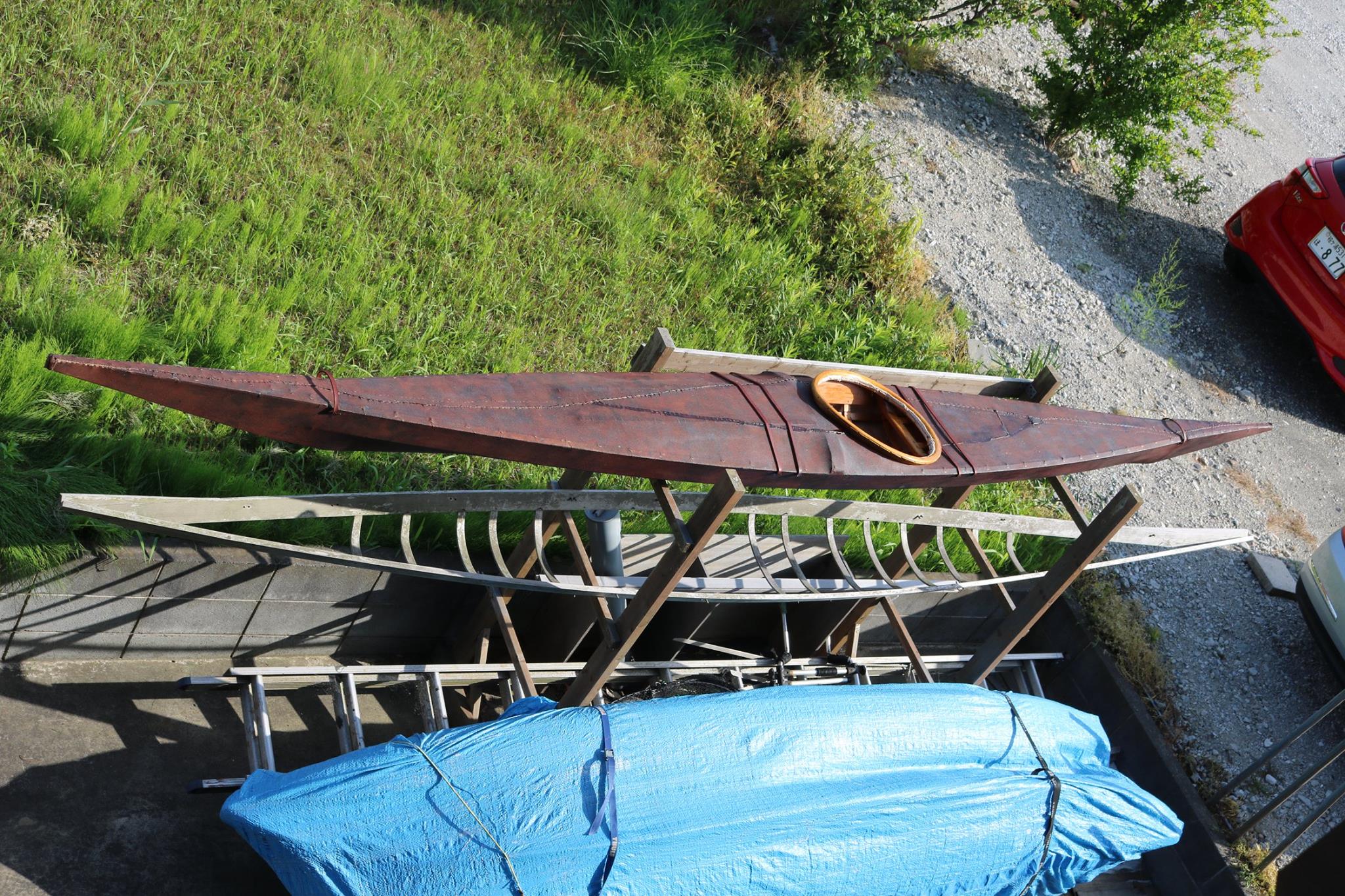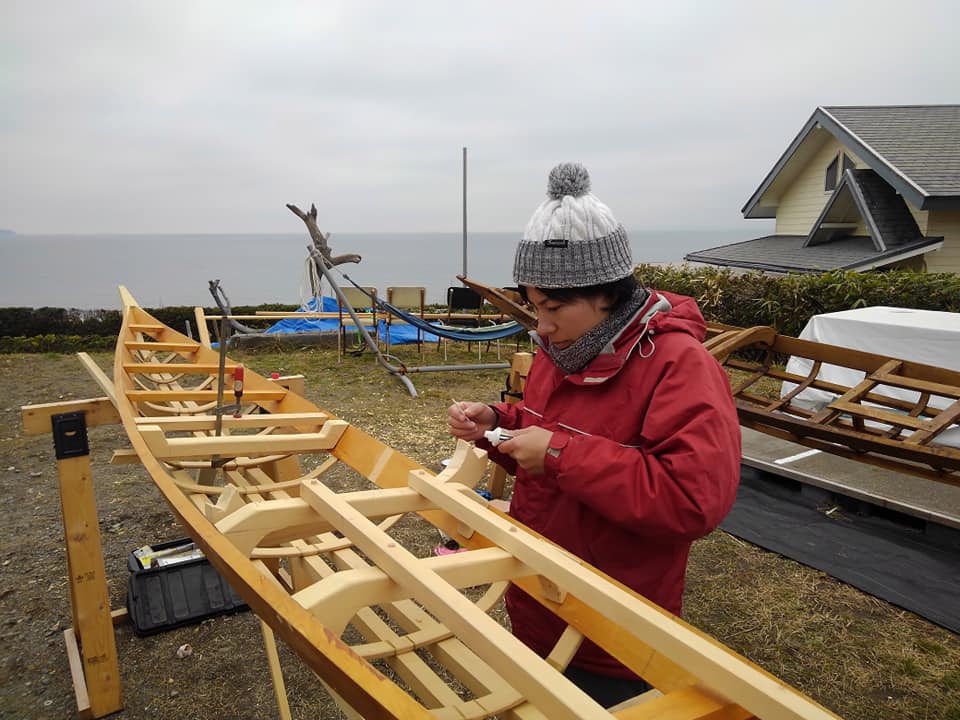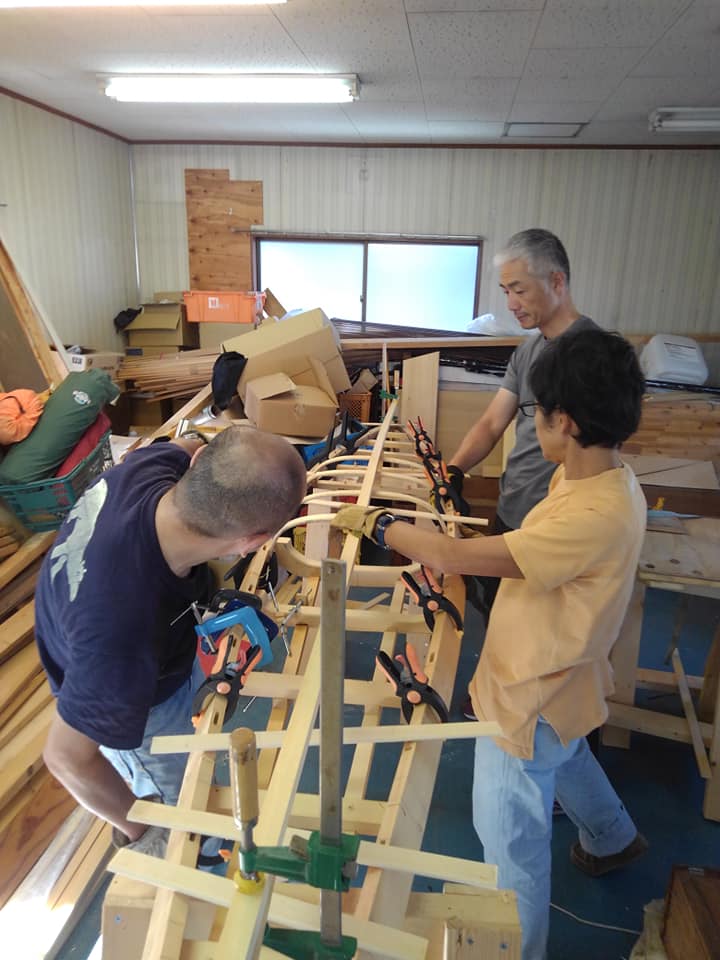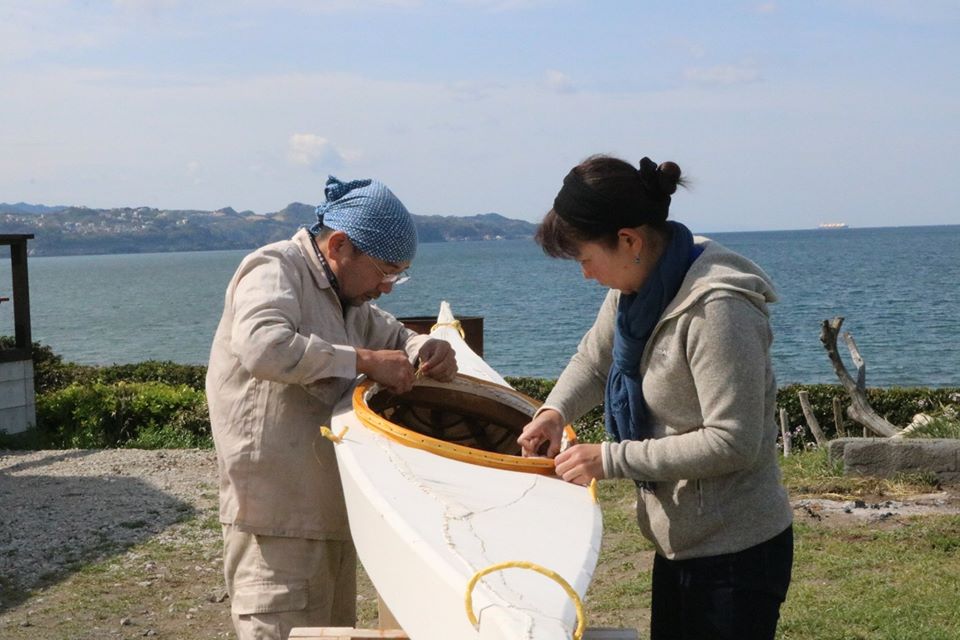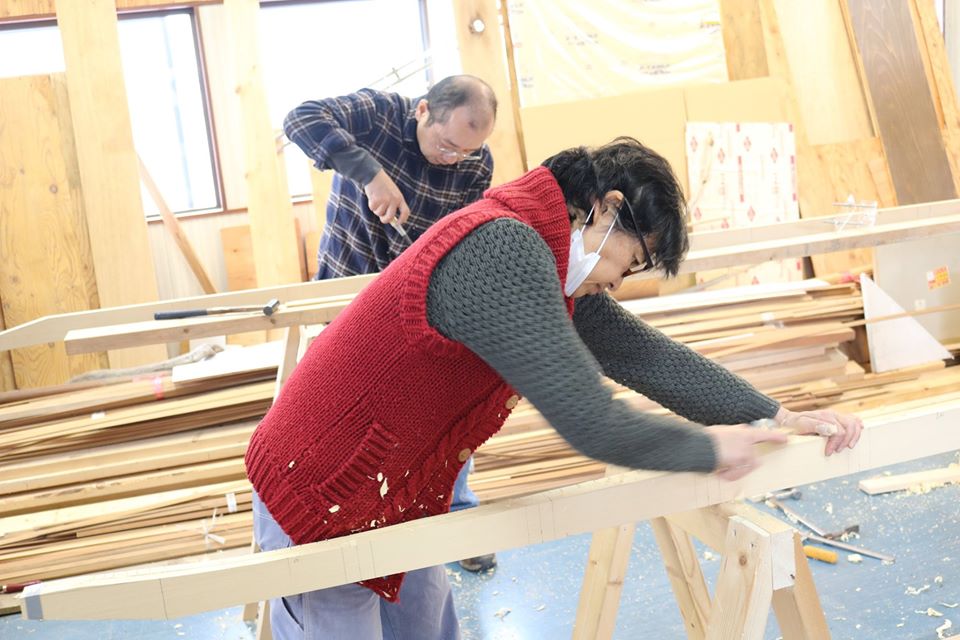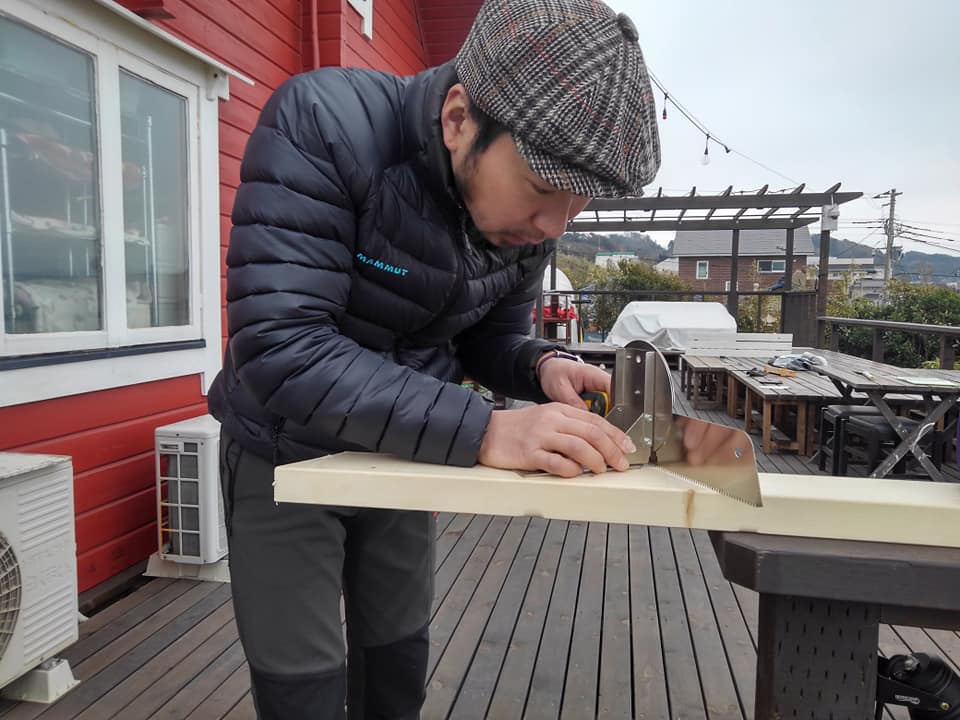Qajaq
Do you know the origin of kayak? It is not English but Kalaallit language. "Kalaallit" means Inuit in Greenland. Kayak is spelled "Qajaq". It is their hunting gear and one of the symbols of Inuit culture. Just so you know, It was made up of wooden frame and seal skin (in modern use nylon or canvas). Greenland has no forest. They would have had a hard time procuring long timber like gunwales. How did they bend the ribs in a time without steamers? But they had to solve any problems and build Qajaq. It is to survive. There were prey to feed them in the sea in front of them. Building a ship and leaving for the sea was an act of their instinct.
Design

Have you read Harvey Golden's "kayaks of Greenland"? There has been described is Qajaq of a lot of the design. Greenland Inuit does not seem to have the culture of writing and recording. So, I think that how to make Qajaq and how to communicate the design might not have been accurate. I think most of them were told by mouth. It is no exaggeration to say that there were as many designs as there were creators. But you can see a rough classification of the design. They are "West Greenland Type" and "East Greenland Type". The West Greenland type Qajaq has a large deck volume and rockered. On the other hand, East Greenland type Qajaq is linear and has a low profile overall. The difference between these designs depends on the sea conditions. The waters of East Greenland are covered with ice, so there are no big waves in the sea. So Qajaq itself does not need a volume and has a flat shape. This is a convenient shape for sneaking in prey. Winds blow in the West Greenland waters and can sometimes be rough. Inevitably Qajaq has volume and rocker. Rocker give Qajaq superior control over the waves. As I mentioned earlier, these are only rough classifications. Greenland Qajaq has more than just two designs.
As an aside, Frédéric Back, famous for "L'Homme qui plantait des arbres", stayed in Greenland to observe Inuit life and draw some pictures. Among them, I like this the most.
As an aside, Frédéric Back, famous for "L'Homme qui plantait des arbres", stayed in Greenland to observe Inuit life and draw some pictures. Among them, I like this the most.
History
I don't really know the origins of the first place or the old days. Please tell me about it, if you know. Here, I will talk about the history of Qajaq, which is grasped in the "modern age". Qajaq has been active as a "hunting tool" for quite some time. It would have taken some time for the structure and design of Qajaq itself to settle down. It may not be half a century in span. It changes with climate change. 1920. The sea temperature around Greenland has risen. The ice on the sea is melting and the sea is open. Then it is an engine boat rather than Qajaq. Hunters can follow them at a speed that is as good as their prey. The time of Qajaq decline comes like this. It's like "I don't need Qajaq anymore!" For them, surviving is more important than cultural succession.
That time lasted 60 years.
The time of fate comes in 1983. Qajaq will be on display at the museum in Nuuk, Greenland. Moreover, it came from a foreign country, the Netherlands (collected during Qajaq's heyday). 60 years is beyond generations. In other words, young people who did not know Qajaq saw it for the first time. Perhaps they stared at it and frozen. The young generation quickly became captivated by Qajaq, and a few years later a kayak club was set up to become the predecessor of Qaannat Kattuffiat. Qajaq's culture has revived. Congrats!
The time of fate comes in 1983. Qajaq will be on display at the museum in Nuuk, Greenland. Moreover, it came from a foreign country, the Netherlands (collected during Qajaq's heyday). 60 years is beyond generations. In other words, young people who did not know Qajaq saw it for the first time. Perhaps they stared at it and frozen. The young generation quickly became captivated by Qajaq, and a few years later a kayak club was set up to become the predecessor of Qaannat Kattuffiat. Qajaq's culture has revived. Congrats!
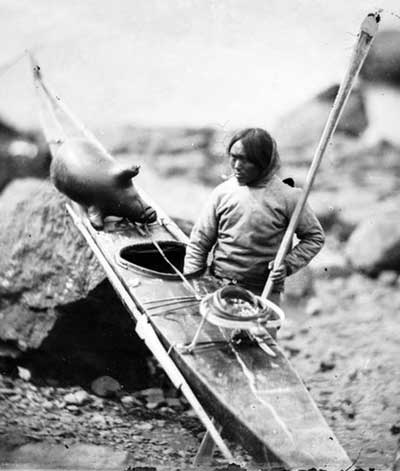
Construction
First, I would recommend this book to you (I think it was out of print). The author is an Inuit from Greenland, so I think this is a correct article. Click the image to download the PDF. The explanation of each process (or structure) is very simple (there is an English explanation and you are lucky). The simple composition of this book inspires our imagination. There are plenty of illustrations and images, so it will not be difficult to understand the contents. There are many similar books out there. I read and learned a lot, but from the point of "degree of freedom", is this book the best in myself. Because it is “traditional”, it is a problem to deviate too much, but it would be more interesting to have some freedom in selecting and assembling the wood. Have fun making it. If you have any questions about how to make, please email me.
Workshop
STORM ON hosts kayak making (Greenland Qajaq) workshops. We fix members for an unspecified period and work almost “one day a month”. The venue is STORM SHELTER. Currently, the "second stage member" is working diligently. When their kayaks are launched, we will recruit "Third-term members". Details will be posted on this website, so if you are interested, please check it out. By the way, the first members have been launched safely. It is a wonderful Qajaq with each individuality. Due to the capacity of STORM SHELTER, there will be a maximum of 3 people. This may be sing my own praise , but the workshop is quite fun. Please email me if you have any questions about the workshop. I hope you visit here when you come to Japan.
Still Editing





